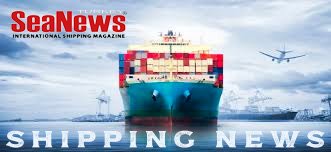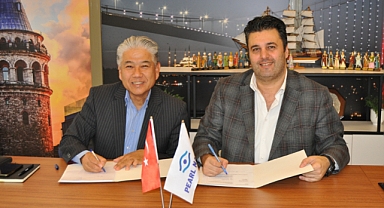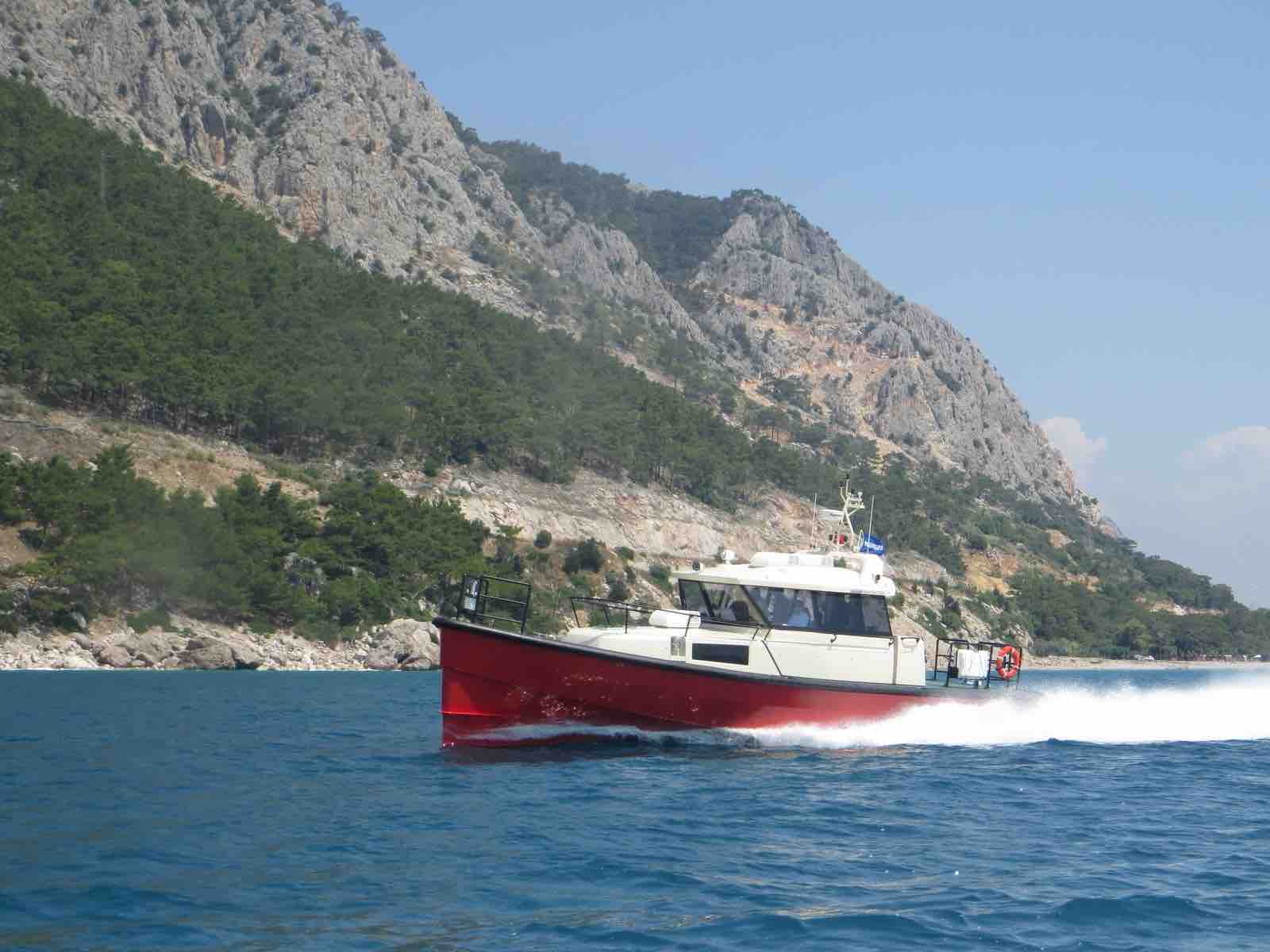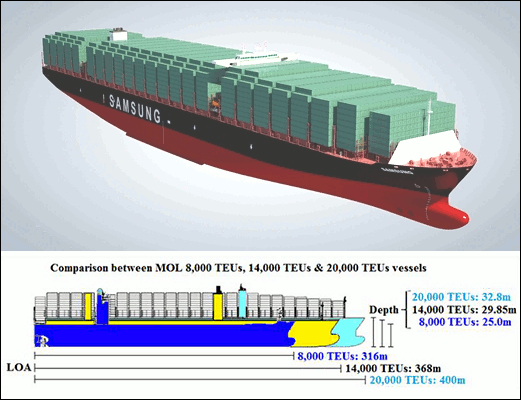ISRAELI start-up Atlas LTA plans to market hybrid dirigible airships, a 99-metre long aircraft that can carry 18,000 kilogrammes and the 198-metre airship with a 165,000-kilogramme payload, and eventually, an in between version, reports London's Fight Global..
Atlas LTA competes with the UK's Hybrid Air Vehicles (HAV) in a sector that has seen more failures than successes in the 83 years since the Hindenburg disaster.
The Rosh HaAyin-based business is pitching the products mainly at companies transporting outsize freight to remote areas, because, says CEO Gennadiy Verba, the airships require no ground infrastructure and have a range of 2,000 kilometres.
Atlas LTA claims to have secured letters of intent for up to 35 Atlant airships from the United Nations World Food Programme, which often needs to deliver aid to isolated, disaster-struck communities, and from wind turbine suppliers Siemens Gamesa Renewable Energy and Vestas Wind Systems.
Constructors of wind turbines can find it difficult to access out-of-the-way sites and often rely on off-road trucks and barges, Mr Verba said.
The Atlant concept differs from rivals such as HAV's Airlander 10. The rigid frame is encased with hard panels rather than a thinner membrane, and has a cargo bay integrated into the body and that can be adapted to a cabin with seating and windows in a passenger variant.
Three-quarters of the power at cruise will come from diesel engines, driving four main drive motors, but to enhance its environmental credentials, around 22 per cent will be provided by hydrogen fuel cells, supplied from a pressurized-hydrogen tank inside the hull and separated by bulkheads from the helium sacks that provide buoyancy.
According to Mr Verba, who developed dirigibles in Russia before moving to Israel to set up Atlas, the Atlant family could represent the 'first step to using hydrogen power in aviation'.
As with other hybrid designs, lighter-than-air helium provides most of the buoyancy in powered flight - in the Atlants' case, about two-thirds - with the rest coming from the aerodynamic design itself.
SeaNews Turkey
Atlas LTA competes with the UK's Hybrid Air Vehicles (HAV) in a sector that has seen more failures than successes in the 83 years since the Hindenburg disaster.
The Rosh HaAyin-based business is pitching the products mainly at companies transporting outsize freight to remote areas, because, says CEO Gennadiy Verba, the airships require no ground infrastructure and have a range of 2,000 kilometres.
Atlas LTA claims to have secured letters of intent for up to 35 Atlant airships from the United Nations World Food Programme, which often needs to deliver aid to isolated, disaster-struck communities, and from wind turbine suppliers Siemens Gamesa Renewable Energy and Vestas Wind Systems.
Constructors of wind turbines can find it difficult to access out-of-the-way sites and often rely on off-road trucks and barges, Mr Verba said.
The Atlant concept differs from rivals such as HAV's Airlander 10. The rigid frame is encased with hard panels rather than a thinner membrane, and has a cargo bay integrated into the body and that can be adapted to a cabin with seating and windows in a passenger variant.
Three-quarters of the power at cruise will come from diesel engines, driving four main drive motors, but to enhance its environmental credentials, around 22 per cent will be provided by hydrogen fuel cells, supplied from a pressurized-hydrogen tank inside the hull and separated by bulkheads from the helium sacks that provide buoyancy.
According to Mr Verba, who developed dirigibles in Russia before moving to Israel to set up Atlas, the Atlant family could represent the 'first step to using hydrogen power in aviation'.
As with other hybrid designs, lighter-than-air helium provides most of the buoyancy in powered flight - in the Atlants' case, about two-thirds - with the rest coming from the aerodynamic design itself.
SeaNews Turkey









